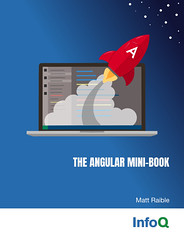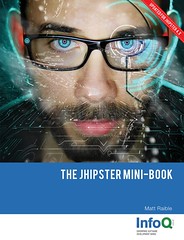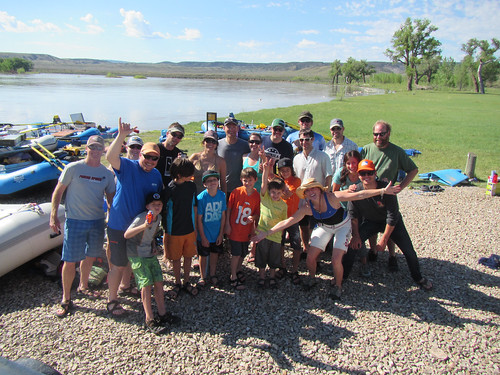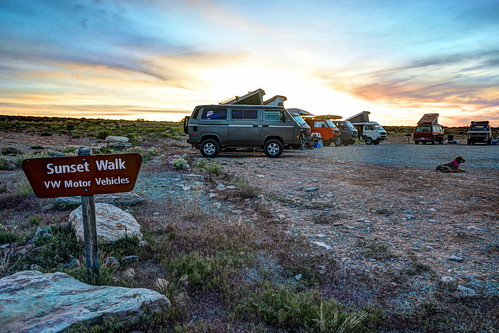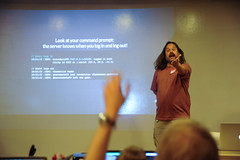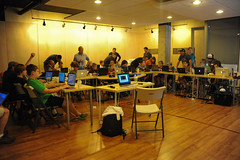Rafting the Yampa through Dinosaur National Monument
In January, my friend Brice sent out an email to a bunch of folks asking us to apply for a river permit lottery. He sent us links to lotteries for Dinosaur National Monument - Yampa River and Desolation Gray - Green River. There were 10 of us on the email and we all applied for both permits. In mid-February, I found out I won the Yampa permit and the trip planning began. This was a huge deal for some since they'd been trying to get this permit for 10 years.
When we got all the details worked out, we were scheduled to launch on Saturday, May 31 and take out on Wednesday, June 4. Our put-in was Deerlodge Park and take-out, Split Mountain. If you're interested, you can see a map.
Over the next four months, many emails flew between us (33 pages if printed out) and much planning ensued. We had a planning BBQ, endured a permit-award-never-sent-fiasco and I tried to back out for Abbie's 5th grade continuation ceremony. Since I was the permit holder (and had to go), the crew convinced me it was a trip of a lifetime. We left Abbie in Denver for her ceremony and took Jack with us. When we launched on May 31, we had 21 people, 8 rafts and one inflatable kayak. Of the crew, 6 were children (aged 6 - 11).
[Read More]